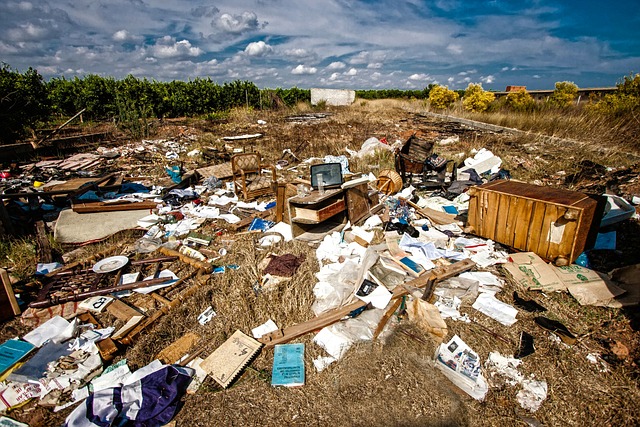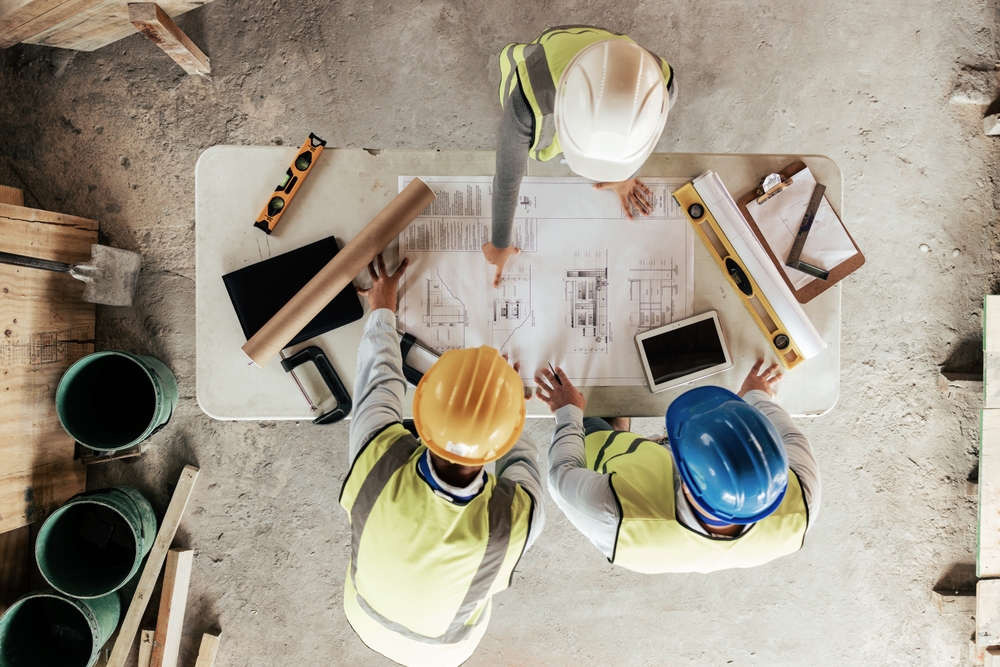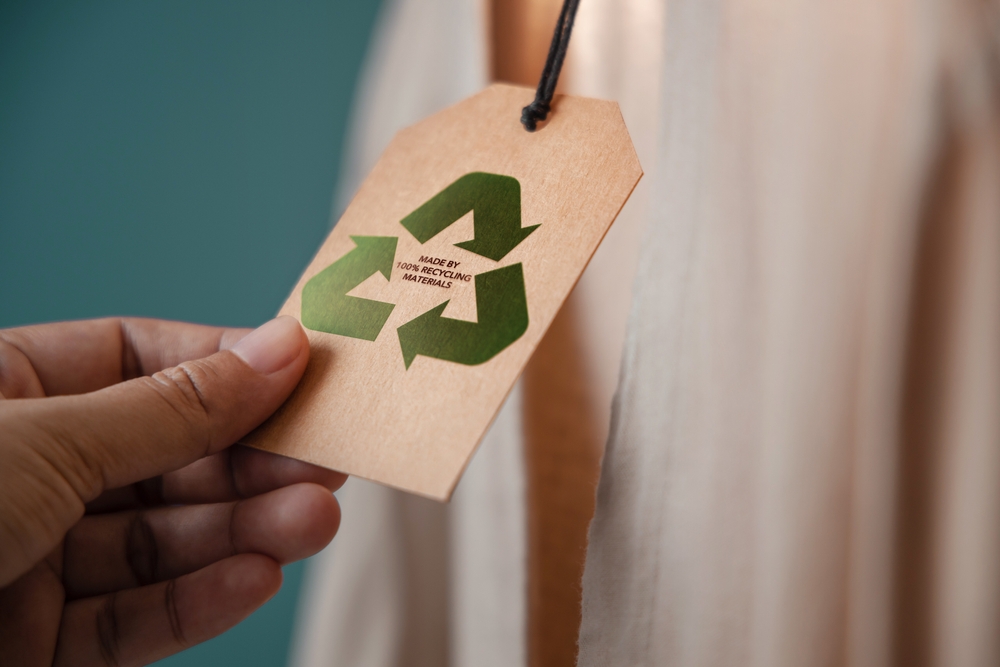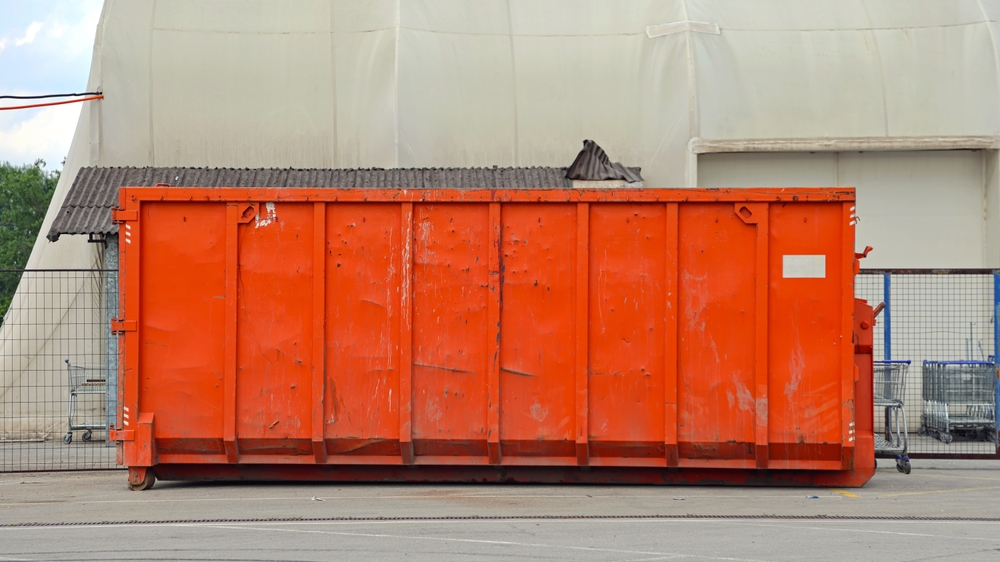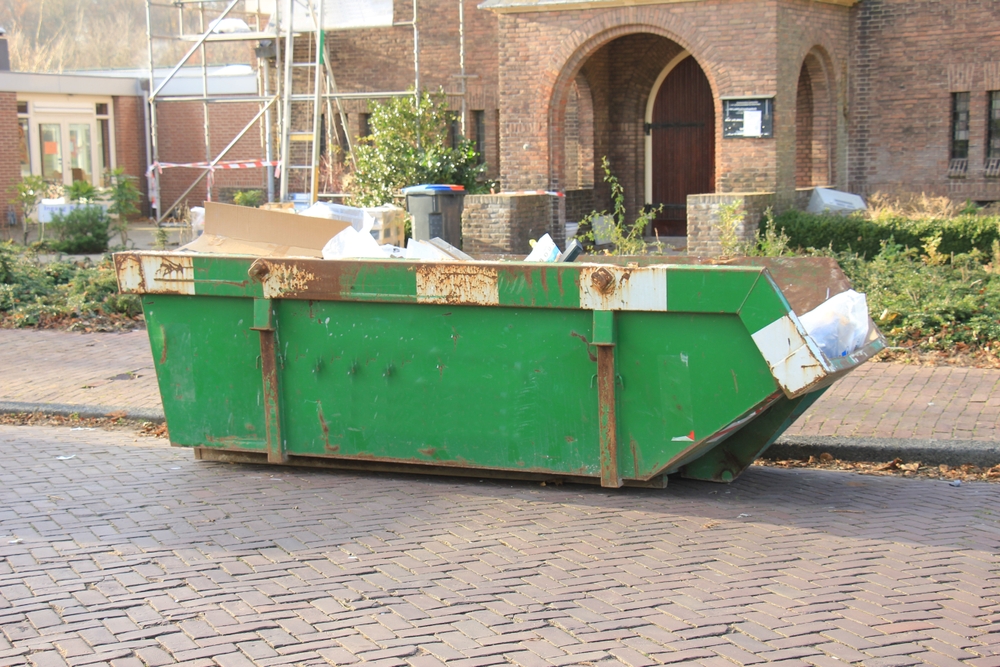March 18, 2024 - Benjamin Ehinger
Where Does Our Trash Go: Unveiling the Journey of Waste Management
CALL NOW 844-762-8449
Every day, you gather household waste in your trash bin without much thought about its final destination. The reality is that the journey of your garbage from the moment it leaves your home is complex and varied. Depending on the materials, your waste could end up in several places. For instance, when you opt for a local dumpster rental from Waste Removal USA, you can rest assured that your trash is carefully sorted and sent to the appropriate facility, be it recycling centers, landfills, or composting sites.
The most common endpoint for much of the refuse is landfills, vast areas specifically designed for waste disposal. Here, the trash is systematically layered and managed to minimize environmental impact. The waste that avoids landfills often makes its way to recycling plants, where it can be processed and transformed into new products. Some municipalities also convert waste into energy through incineration, or breakdown organic matter using composting, which is advantageous for soil enrichment.
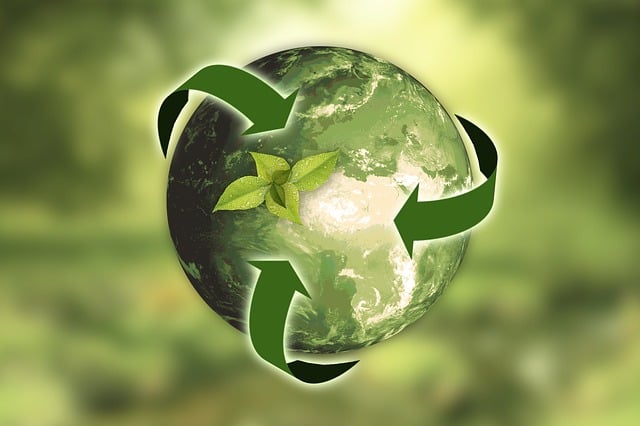 In the recycling process, your trash is sorted and transformed into new materials, focusing on efficiency and sustainability.
In the recycling process, your trash is sorted and transformed into new materials, focusing on efficiency and sustainability.
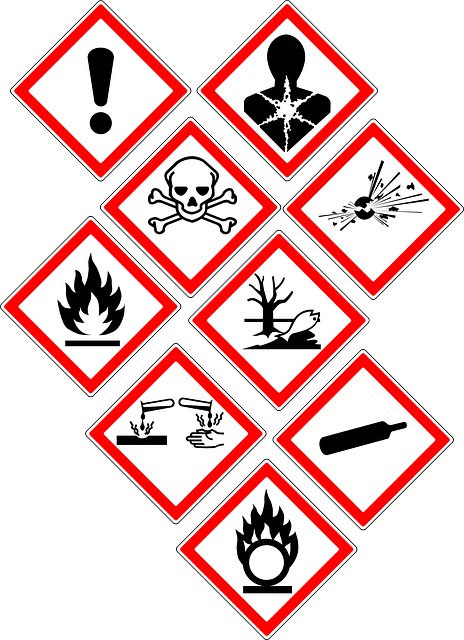 When dealing with hazardous waste, it’s important to understand that items like batteries, electronics, and tires contain substances such as lead and mercury that require special disposal methods to prevent harm to the environment and human health.
When dealing with hazardous waste, it’s important to understand that items like batteries, electronics, and tires contain substances such as lead and mercury that require special disposal methods to prevent harm to the environment and human health.
Key Takeaways
- Trash disposal involves sorting and transporting waste to appropriate facilities.
- Landfills, recycling, incineration, and composting are common waste management methods.
- Proper waste segregation and recycling can significantly reduce landfill use.
The Journey of Household Waste
Every day, you generate waste that embarks on a carefully planned journey from your doorstep to various processing and disposal facilities. Understanding the route of your household waste is crucial for recognizing the impact of waste management on the environment.Collection and Transportation
Garbage trucks are the starting point of the journey for your municipal solid waste (MSW). These specialized vehicles are a common sight, navigating through neighborhoods to collect refuse from homes and businesses. Typically, waste management companies ensure these trucks operate efficiently, moving MSW to centralized points for further processing. Aspects of this stage include:- Pick-up: Regular collection from your bins.
- Hauling: Garbage trucks transport the waste to transfer stations or recovery facilities.
- Garbage trucks are essential in waste logistics.
- The collection is systematic, ensuring all generated waste is gathered.
Sorting at Recovery Facilities
At material recovery facilities (MRFs), your waste undergoes sorting. These facilities are categorized as either clean MRFs or dirty MRFs. Clean MRFs receive pre-sorted recyclables, streamlining the recovery process, while dirty MRFs handle the unsorted waste stream, separating recyclables from general refuse. Here, the focus is on maximizing the recovery of materials for recycling and reducing landfill dependency. Sorting Techniques:- Manual: Workers separate materials by hand.
- Automated: Specialized machinery aids in separating different types of recyclables.
- Efficient sorting at MRFs is vital for recycling and waste reduction.
- Separation processes can be manual, automated, or a combination of the two.
Landfills and Their Management
When you dispose of your trash, it is likely to end up in a landfill, a carefully constructed and managed facility designed to isolate waste from the surrounding environment. In this section, you will learn about the inner workings of landfills and the sophisticated environmental controls in place to minimize their impact.Landfill Operations
Landfills are more than mere dumps; they are engineered systems that undergo rigorous planning and consistent management. At the heart of landfill operations is the compaction of waste, which reduces the volume that trash consumes. Layers of soil and other cover materials are periodically spread over the waste to promote degradation, deter pests, and reduce odor. Within these facilities, sophisticated leachate collection systems are implemented. Leachate is a liquid that forms when waste breaks down in the landfill and water filters through that waste. This liquid, which often contains harmful materials, is carefully extracted and treated to prevent contamination of groundwater. Additionally, landfills harness landfill gas, a byproduct of waste decomposition mainly comprised of carbon dioxide and methane emissions. Methane is a potent greenhouse gas, and proper management of landfill gas is not only critical for reducing odors but also for mitigating environmental impact. This gas is frequently captured and converted into energy.Environmental Controls
Your landfill is an intricate component of waste management that goes beyond containing garbage. It employs a variety of environmental controls to safeguard the air, soil, and water. At the bottom of a modern landfill, a liner system is typically installed. This may be made of clay or plastic. Its purpose is to act as a barrier between the waste and the ground, preventing any leachate from reaching the soil. Above, landfills are equipped with a cap, an impermeable layer that seals off the top of the landfill once it reaches capacity. This cap prevents excess precipitation from entering the landfill and minimizes the escape of landfill gas. Whether you’re in New York City or a small town, your waste’s final resting place is engineered to address the environmental challenges of today. With regulations in place, landfills are expected to protect the environment from potential pollutants present in waste streams. Remember, every aspect of landfill design, from everyday operations to the emergency response plans, is meticulously developed to meet federal and state regulations, ensuring that waste management processes stay within legal and environmental guidelines.Recycling Processes
 In the recycling process, your trash is sorted and transformed into new materials, focusing on efficiency and sustainability.
In the recycling process, your trash is sorted and transformed into new materials, focusing on efficiency and sustainability.
Material Separation
At the heart of the recycling process is Material Separation, a crucial step in ensuring each material type is processed correctly. At Materials Recovery Facilities (MRFs), your disposed items undergo a detailed sorting process. Here, paper, metal, glass, plastics, and organic materials are separated using a combination of manual sorting, mechanical separation, and advanced technologies like infrared scanners and air classifiers.- Paper: Sorted by type and grade, then baled and sent for pulping.
- Metal: Magnets extract ferrous metals, while eddy current separators remove non-ferrous metals.
- Glass: Sorted by color and cleaned to remove any impurities.
- Plastics: Identified by resin codes, then shredded, washed, and pelletized for reuse.
- Organic materials: Often diverted to composting facilities to be broken down into compost.
Recycling of Specific Materials
The recycling of specific materials involves distinct processes tailored to the properties of each material.- Paper is pulped with water and chemicals, then spread, dried, and rolled into new paper products.
- Metal recycling involves melting down items before they are formed into new products, which saves significant energy compared to mining new metals.
- Glass can be recycled endlessly without loss of quality; it’s crushed into cullet, melted, and reformed into new glass items.
- Plastics, due to the variety of resin types, undergo different recycling methods, ranging from mechanical recycling to chemical recycling where plastics are broken down into their monomer forms.
Incineration and Energy Recovery
When you dispose of your trash, it may end up at a facility where incineration is used to convert waste into useable energy. This process not only reduces the volume of waste but also recovers energy, typically in the form of electricity.Waste-to-Energy Technology
Modern waste-to-energy (WtE) technology uses high-temperature combustion to break down garbage. At the core of this process is the incinerator, a structure designed to maximize energy recovery. The heat generated from burning waste within these incinerators is harnessed to produce electricity, often powering public electricity grids. These specialized waste-to-energy facilities are engineered to process municipal solid waste while simultaneously generating energy.Emissions and Ash Handling
As with any combustion process, incineration of waste produces emissions, including dioxins, and residual by-products such as ash. Handling and managing these outputs is a critical aspect of WtE technology. Ash resulting from combustion must be treated and disposed of properly to minimize environmental impact. Meanwhile, stringent emission control systems are in place to capture dioxins and other pollutants to ensure that emissions meet regulatory standards, making the process safer for the environment.Composting Organic Waste
As you explore sustainable practices, it’s crucial to understand that composting is a pivotal method for repurposing organic waste. Rather than discarding food scraps and plant material into the trash, they can transform into nutrient-rich compost through a biological process.Aerobic and Anaerobic Processes
Aerobic composting requires oxygen. This is the most common method you might use in your backyard or at a community garden. Microorganisms such as bacteria and fungi break down the organic materials into compost, a valuable fertilizer that can enrich soil and plants. The essentials for aerobic composting include proper aeration, moisture, and a balance of carbon-rich and nitrogen-rich materials. Anaerobic digestion, conversely, occurs without oxygen. In anaerobic digesters, microorganisms decompose your food waste in a contained, oxygen-free environment. This process not only creates compost but also produces biogas, a renewable energy source. Anaerobic digestion generally requires specialized equipment and is more suited for industrial or municipal scale operations. Both processes divert organic waste from landfills, reduce greenhouse gas emissions, and provide a nutrient-dense amendment for enriching soil health. Your choice between aerobic composting and anaerobic digestion for your organic waste will likely hinge on the scale of waste you’re handling and the resources at your disposal.Special Handling for Hazardous Materials
 When dealing with hazardous waste, it’s important to understand that items like batteries, electronics, and tires contain substances such as lead and mercury that require special disposal methods to prevent harm to the environment and human health.
When dealing with hazardous waste, it’s important to understand that items like batteries, electronics, and tires contain substances such as lead and mercury that require special disposal methods to prevent harm to the environment and human health.
Collection and Disposal of Hazardous Waste
Your hazardous waste, such as paints, cleaners, oils, batteries, and pesticides, can’t be disposed of like ordinary trash. To ensure safe handling, you’ll need to utilize designated collection services or facilities specifically equipped to deal with these toxic materials. Here are the steps you should follow:- Identify Hazardous Waste: Recognize which items are considered hazardous. Look for labels indicating toxicity, flammability, or corrosive contents. Electronics often contain lead and mercury, necessitating careful handling.
- Use Approved Containers: Store hazardous waste in approved containers to avoid spills and contamination. Batteries should be taped at the terminals and kept separate from other wastes.
- Contact Special Collection Services: Many areas offer special collection services for hazardous materials. Some companies provide programs to pick up hazardous household materials safely.
- Drop-off at Designated Facilities: Find a local hazardous waste disposal facility or community drop-off event. These facilities ensure that materials like tires and electronics are recycled or disposed of in an environmentally friendly manner.
- Follow Transportation Guidelines: When transporting hazardous waste, secure it in your vehicle to prevent leaks and accidents en route to the disposal facility.
Alternative Waste Treatment Technologies
As you explore modern methods of waste disposal, two innovative technologies stand out for their ability to transform waste into energy with a potentially lower environmental impact. These processes, Gasification and Pyrolysis, use high temperatures to decompose waste materials.Gasification
Gasification is an advanced waste treatment technology that converts organic or fossil fuel-based materials into syngas (synthetic gas) and a small amount of solid waste. This gas consists mostly of carbon monoxide, hydrogen, and carbon dioxide. Unlike incineration, gasification works with limited oxygen, reducing the combustion process. Consequently, syngas can be utilized to generate energy, providing a useful way to recover energy from waste.Pyrolysis
Pyrolysis, on the other hand, involves the thermal decomposition of materials at high temperatures in an inert atmosphere. It is similar to gasification but typically operates at higher temperatures and without the presence of oxygen. The outputs of pyrolysis are biochar, which can enrich soil; pyrolysis oil, potentially substitutable for fossil fuels; and syngas. The technology is valued for its ability to handle a variety of waste streams and its relatively low environmental impact compared to traditional waste disposal methods.Global Waste Management Practices
Waste management is an essential public service that affects numerous aspects of your daily life. Here, you’ll gain insights into the variations in waste management practices across different countries.Comparative Analysis by Country
United States: In the United States, waste management practices are characterized by a high reliance on landfills for municipal waste – with recycling and composting efforts increasing over the years. Technologies such as waste-to-energy plants are also part of the management strategy. However, the generation of industrial waste demands substantial hazardous waste treatment and disposal mechanisms. China: China, grappling with the rapid escalation of municipal waste due to urbanization, has implemented policies to increase waste sorting and recycling efforts. Heavy investments in waste-to-energy facilities aim to reduce reliance on landfills, which are quickly reaching capacity. East Asia: Countries in East Asia have diverse waste management practices. For example, Japan and South Korea are leaders in technology-driven recycling and waste reduction strategies. Both countries prioritize minimizing municipal waste and have developed advanced waste incineration facilities with energy recovery. Municipal Waste: Your community’s municipal waste includes household trash, yard waste, and items discarded by small businesses. While some countries favor landfills, others like Sweden and Germany have adopted extensive recycling programs and employ incineration for energy. Industrial Waste: Large-scale manufacturing and industrial plants produce significant amounts of waste, which may include hazardous materials. Countries like the United States and Germany have stringent regulations for the treatment and disposal of such waste to mitigate environmental and health impacts. Agricultural Waste: Agricultural waste consists of organic materials such as manure, crop residues, and discarded food products. Countries with large agricultural sectors, like China and the United States, must manage these wastes effectively to prevent pollution and promote sustainability through composting and anaerobic digestion. The effectiveness of waste management practices in any given country can be influenced by regulation, economic capabilities, technological advancement, and public awareness. As you navigate the complexities of these practices, consider how they are adapted to the unique challenges and resources of each region.Reducing Waste at the Source
Before considering the disposal of waste, it’s crucial to address the prevention of waste at its origin. By minimizing waste creation, you’re playing a pivotal part in a more sustainable waste management hierarchy that benefits the environment.Strategies for Waste Reduction
- Buy Smart: Choose products with minimal packaging to reduce waste. Consider purchasing durable goods that can last longer, thereby decreasing the frequency of replacements.
- Reconsider Disposable Items: Switching to reusable alternatives can make a significant impact. Replace disposable water bottles and shopping bags with reusable ones, which helps cut down on both waste and ongoing costs.
- Proper Maintenance and Repair: Maintain and repair products whenever possible instead of discarding them. This strategy not only prolongs the life of items but also conserves resources and reduces the influx of waste.
- Composting: Start composting biodegradable waste such as food scraps and yard waste. It enriches the soil and reduces the need for chemical fertilizers, curbing the flow of pollutants into the environment.
- Recycling: Actively participate in recycling programs. Properly sort waste and understand what materials are recyclable in your area. Recycling transforms waste into valuable resources, thereby conserving natural resources and energy.
Frequently Asked Questions
Understanding the journey of waste management is crucial to grasp the impact of our daily activities. This section provides insight into how waste is handled, processed, and eventually disposed of.How is waste managed after it is collected from our homes?
After collection from homes, waste is typically taken to landfills, recycling centers, composting facilities, or waste-to-energy plants. The specific treatment varies depending on the nature and recyclability of the waste material.What is the process of waste disposal in the state of California?
In California, waste disposal is methodical and includes measures like recycling and composting, alongside innovative solutions such as converting waste into energy. There is an emphasis on reducing the volume of waste that ends up in landfills.What are the global destinations for the trash we produce?
Different countries have varying methods for dealing with trash. Some export recyclables to nations with the capacity to process them, while others utilize local facilities for waste management like landfills, incinerators, and recycling centers.How is trash treated across the United States once it’s collected?
In the United States, trash is treated in several ways: it is sent to landfills, processed in recycling centers, decomposed in compost heaps, or converted into energy in waste-to-energy plants, depending on the waste type and local infrastructure.What are the steps involved in the journey of household trash to its final destination?
Household trash is first collected, then separated if recycling measures are in place. Ultimately, it may be sent to a landfill, recycled into new materials, composted for soil enrichment, or incinerated to generate energy.How is trash disposed of once it reaches the capacity of landfills?
Once landfills reach capacity, they are usually capped with a layer of soil and sometimes repurposed as parks or other community spaces. Modern landfills are designed with systems to treat leachate and capture landfill gas.RECENT BLOGS
Our Reviews
glenda prowell
1719860540
Louiner made it easy to make arrangements to have a dumpster put in my driveway. He was able to answer all my questions and made the entire process simple.
Tyler Floyd
1719520303
Incredible customer service, very informative
Natalie Davidson
1719440638
Heather provided the best customer service that I have received in a very long time. She was knowledgeable, informative without being pushy, friendly and efficient. I really appreciated all of her help.
Glenda Lanier Prowell
1719241850
I have ordered an 11 yard dumpster to be delivered to my house.Lonier was extremely helpful and answered all my questions. The rate was very reasonable.
debbie Craton
1718740650
Heather was SUPER friendly and worked with me to get me whst I needed.I am very glad I called Waste Removal
